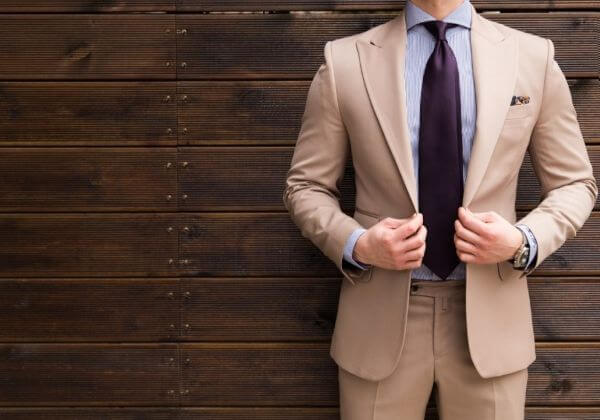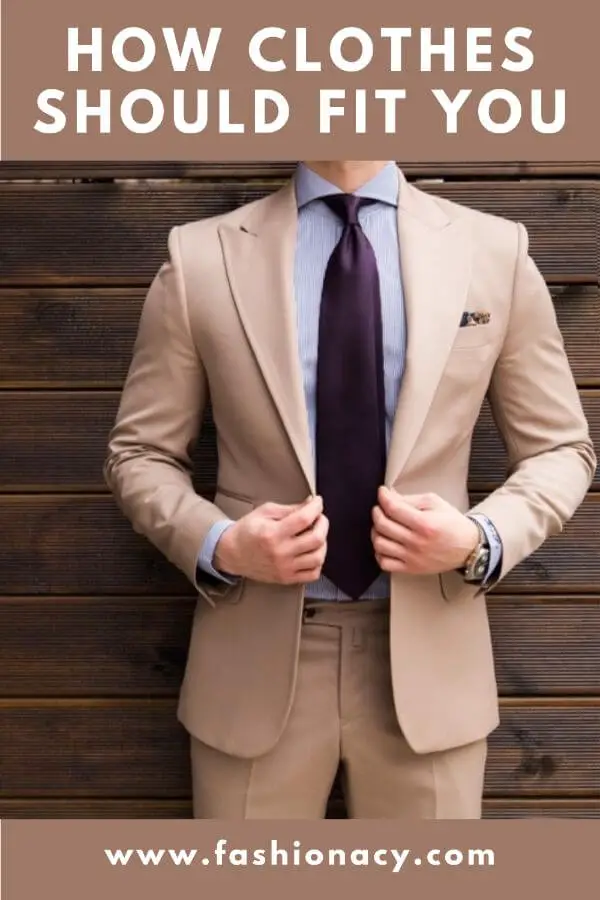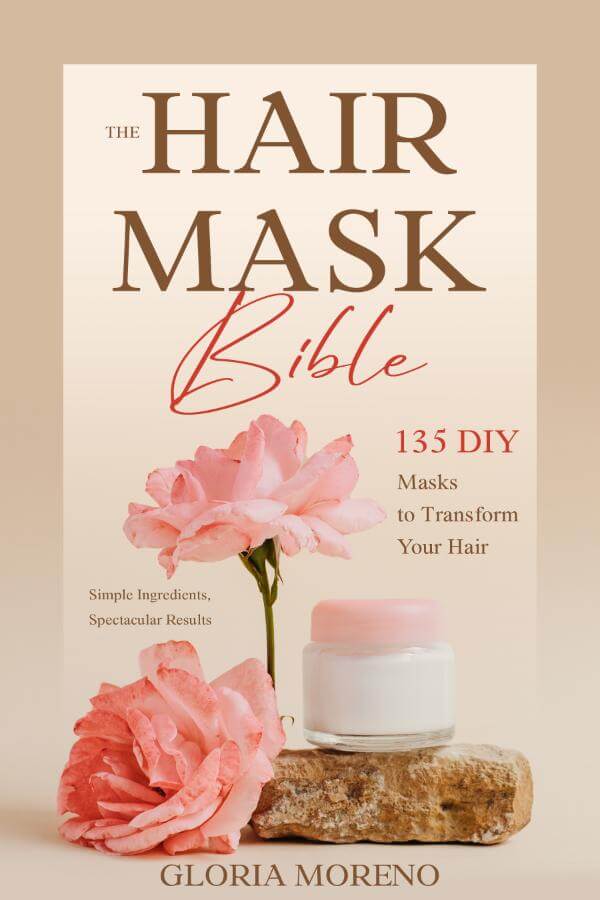
When it comes to making your outfit look beautiful, the fit is the most critical factor.
It will not look decent if the fit is incorrect.
In this men’s clothing fit guide, I’ll explain what to look for in order to get the perfect fit.
I’ll go over every detail of the jacket, pants, and shirt, as well as a few accessories, such as the proper tie length, tie bar size and location, and belt size.
The importance of this cannot be overstated.
This is something you must know and grasp if you want to look your best. As a result, pay close attention to this article.
Table of Contents
Jacket Fit
We’ll begin with the jacket and discuss six crucial areas of fit, beginning with the shoulders.
This is one of the most vital and crucial aspects of fit to nail.
The shoulder seam should end just before your arm begins to break downward for a correctly fitting jacket.
The sleeve should fall in line with that line and flow down your arm smoothly, with no creasing or dimpling at the shoulder.
The jacket will appear too small if the seam is closer to your neck, and too large if it reaches past your shoulder.
Now we’ll look at the collar and lapels of the jacket. The collar of your jacket should rest flat against the collar of your shirt and the back of your neck. The shirt collar and the jacket collar should not be separated. This indicates that the jacket does not fit properly.
The lapels should be flat against your chest as well. One of the most prevalent problems with lapels is that they fold up away from your chest, which indicates that the jacket is too tight.
A collar gap and a lapel that doesn’t lay flat are signs that the jacket doesn’t fit, that the jacket is poorly built, or that you have a specific posture or fit issue that makes that particular brand a bad fit for you.
Let’s talk about how you should wear your jacket on your back.
If the seam running down the center of your back is showing any signs of stress, the jacket is too tight.
If the fabric below the collar rolls up, this could indicate that you have square shoulders rather than sloping shoulders, and that this particular suit brand isn’t a good fit for you.
This is rather common, and if it isn’t too severe, it isn’t the end of the world. If you do want that perfect fit, though, this is something to consider.
The jacket’s closure comes next.
When you button your jacket, there should be a small amount of movement between the jacket and your body. There should be no noticeable fabric bunching.
It should be silky smooth around the button and all the way down your body.
If you notice any of your clothes bunching up, it’s a sign that your jacket is too small.
One short tip on how to button your jacket. Always button the top button on a two-button jacket, never the bottom.
Let us now discuss jacket length.
This is something that is somewhat subjective. The jacket should, however, end at your thumb knuckle as a general guideline.
Another technique to tell if this is correct is to create a fist with your arms straight down and the tips of your fingers just touching the bottom of the jacket. It’s also worth mentioning that your jacket should always cover your butt.
The sleeve length is the final factor for jacket fit.
The sleeve should end about halfway up your wrist bone. The sleeve will look too short if it is too high. If it’s too low, the sleeve will look to be far too long.
Pant Fit
Now we’ll talk about our pants and two specific issues, beginning with the length.
Let me clarify what is incorrect before I discuss what is correct in terms of pant length. If you can see a lot of ankle and sock, it’s too short, and if you can see a lot of fabric pooling down around your ankles, it’s too long.
When it comes to determining what is the perfect or optimal pant length, it becomes extremely subjective and reliant on both your own style choices and your body type.
The term “break” refers to the fold or creasing of the fabric above where the pant leg meets your shoe when discussing pant length.
I’m going to guide you through each of the four types of pant breaks and explain why you might choose one over the other.
The first pant break is a no-break situation. No break refers to the absence of any wrinkle where the pant leg meets the shoe, as the name suggests.
This is a really aggressive and fashion-forward look that necessitates a tapered pant leg, which we shall discuss shortly. The no-break style is best suited to younger and leaner men.
The tiny break is the second pant break. The bottom of the pant leg will kiss the top of your shoe and have a very little crease with the slight break.
The slight break is for the modern style conscious gentleman who prefers the idea of no break but does not want to appear too fashionable. Again, this is excellent for smaller males or those who aren’t overweight in the middle or upper body.
The medium break is the third and final pant break. A medium break is the ideal length for people of all shapes and sizes.
The medium break is the style to choose if you have a more conservative style, don’t want to be too fashionable, and just want something that looks traditional and natural.
The full brake is the fourth and final pant break. The complete brake is a more traditional old-school style that works best with wider pants.
On older gentlemen, bigger men, particularly in retro or throwback settings, the full brake looks best.
The width of the leg is the last thing to consider when it comes to pants after you’ve decided on the length.
The goal here is to look everything appear proportionate. Everything should look coherent when you see the outfit as a whole.
It is very crucial to consider your body type in this situation. Your pant leg can be narrower if you’re taller and leaner.
If you have broad shoulders or are a larger man in general, the pant leg will need to be wider to look right.
Slim pant legs are really fashionable right now, and some custom suit providers will try to steer you in that route.
But always remember that dressing your body and being true to it is more essential than trying to achieve a look that won’t work for you.
One of the keys to looking terrific is to do so.
Shirt Fit
Let’s talk about how your shirt should fit now, beginning with the shoulder.
The shoulder of your shirt should be the same perfect fit as the shoulder of your jacket. The sleeve should hit smoothly down your arm, with the seam hitting immediately before your shoulder stops.
The shirt is too small if the seam is closer to your neck, and too big if the seam reaches to or beyond where your shoulder begins to break.
Then there’s the collar. A tight collar should be avoided. You don’t want to feel as though you’re being choked, which is obviously unpleasant.
You also don’t want your collar to be overly loose, as this will make you look sloppy. The usual guideline is that your index finger should be able to fit comfortably between the collar and your neck while the top button is pressed.
The way it fits your body. It’s the same as having your suit buttoned. When the buttons are buttoned, you don’t want to see any pulling on the fabric. This indicates that the shirt is too small.
You also don’t want excess fabric bunching up on the sides, as this indicates that your shirt is too big.
When the fit is perfect, it should feel comfortable, allow you to move about freely, and not restrict you in any manner.
The sleeve length is the final consideration with your shirt. If your jacket sleeve length is correct, you must also ensure that your shirt sleeve length is correct.
You want it to land right above your palm, ideally. If it’s shorter than your wrist bone, it’s too short, and if it extends over your wrist and onto your palm, it’s too long.
The last sleeve length dilemma you might have is how much of your shirt cuff should be visible under your jacket sleeve.
Although opinions differ on this, it’s generally agreed that you should display between a half and one inch of shirt cuff.
Tie
Let’s move on to a few accessories, starting with your tie and the proper tie length, now that you know how your jacket, pants, and shirt should fit.
Just past the top of your belt buckle, the tip of your tie should extend. Too short appears ridiculous, while too long appears sloppy.
You may find that the back blade of your tie is too long, even if the front is perfect, depending on the length of your tie or the length of your body.
You may either tuck the back blade inside your shirt or fold it up and pin it to keep it out of sight.
One final point to remember is that you want the tie to be flush with the collar when you tighten it around your neck to avoid any gaps between the collar and the top of the tie.
If you’re wearing a tie, you might want to consider a tie bar, so let’s speak about the proper tie bar size and location.
It’s all about proportion in regards to the width of your tie when it comes to size or length.
A tie bar that is approximately three-quarters the width of your tie is perfect, and a tie bar should never be wider than your tie.
Wear it right around your sternum, between the third and fourth buttons of your shirt. Too high or too low will throw off the equilibrium and look it appear unnatural.
Because the objective of a tie bar is to keep your tie in place, it should always be perpendicular to your tie and not crooked. Also, make sure you’re attaching the tie bar to both your tie and your shirt placket.
Belt
Finally, let’s discuss your belt.
You want your belt to be the appropriate size while you’re wearing it with your suit.
In most cases, your belt size will be two sizes larger than your waist size. If the tip of the belt ends about halfway between your fly and your hip, you have the perfect belt size.
The gig line is one last thing to keep in mind when it comes to your belt. The placket of your shirt should form a straight line with your fly when your shirt is tucked in. This should also be reflected in your belt buckle.
You can see how sloppy it looks if any of these three things are slightly off.
Conclusion
I realize that was a lot of information, but I cannot emphasize enough the importance of understanding the concepts of correct fit.
You will not look as nice as I know you want to if your wedding tuxedo or wedding suit doesn’t fit right, if your shirt doesn’t fit right, if your tie is too long, if your tie bar isn’t suitable, if your belt is too long or too short.
Knowing how things should fit is the key to elevating your look from merely acceptable to flawless.
It’s the difference between a well-dressed man and one who appears to have no idea what he’s doing.
This article is well worth reading again, and I strongly advise you to do so. Working with the tailor to cover the right fit will be covered in the following article.



